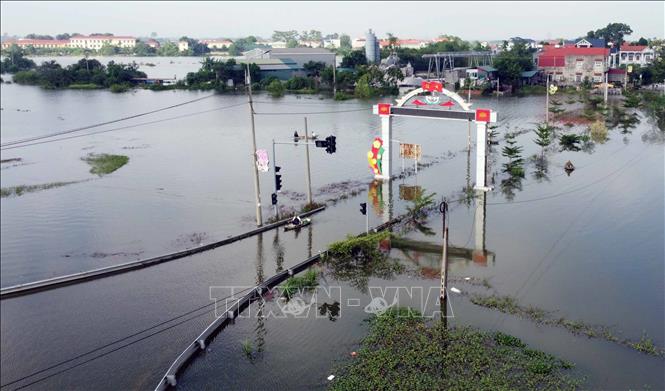
Flood peaks on Thao River (Lao Cai), Hoang Long River (Ninh Binh), Lo River (Tuyen Quang), upstream Thai Binh River, Thai Nguyen River, Bac Ninh River and small rivers reached alert level 2, alert level 3 and above alert level 3; Buoi River, Ma River, upstream Chu River (Thanh Hoa), upstream Ca River (Nghe An), Ngan Sau River, Ngan Pho River (Ha Tinh) reached alert level 1, alert level 2, some places above alert level 2; downstream Chu River, downstream Ca River, La River (Ha Tinh) reached alert level 1, alert level 2.
Ensuring the safety of the dike system
According to the Ministry of Agriculture and Environment , on the sea dykes and river dykes of the provinces from Quang Ninh to Hue, there are 62 key locations of weak dykes (Quang Ninh 2, Hai Phong 8, Hung Yen 9, Ninh Binh 9, Thanh Hoa 1, Ha Tinh 15; Quang Tri 14; Hue 4); there are 5 dyke and embankment projects under construction (Hai Phong 2; Hung Yen 1; Ninh Binh 1; Hue 1). The sea dykes are currently designed to withstand storms of level 9-10, and are at high risk of being unsafe when storms of level 12 and gusts of level 15 occur (exceeding the design level).
Localities need to pay attention to reinforcing and ensuring safety for key locations of weak dikes that have been damaged by storm No. 10 and dike lines facing the sea, with low dike elevations such as: Section K10 - K15 of Ha Nam dike facing the sea, narrow beach (Quang Ninh); Nam Hai dike and revetment (collapsed, damaged dike roof, revetment) belonging to sea dike line II (Hai Phong); Dong Minh dike and revetment, sea dike 6 damaged, sagging dike roof (Hung Yen); Hai Thinh 3 sea dike section belonging to Hai Hau sea dike had collapsed, dike roof at K25+570 due to storm No. 10, Con Tron, Hai Thinh sea dike lines, Thinh Long revetment (Ninh Binh) are often eroded, damaged by storms and tides; Quang Nham sea dike (old Quang Xuong district), Hai Binh sea dike (old Tinh Gia district); Bai Ngang sea dyke, Quynh Long sea dyke suffered from collapse, landslides of dike roof and body due to storm No. 10 and Dien Thanh sea dyke, Quynh Tho sea dyke, Long - Thuan sea dyke facing the sea, vulnerable (Nghe An); Nghen left dyke, Cam Nhuong dyke, Hoi Thong dyke are often eroded due to storms and tides (Ha Tinh), Vinh Thai sea dyke, Ben Hai left estuary dyke (Quang Tri);... and dike and revetment projects under construction.
Regarding the dike incidents affected by storm No. 10 in the provinces and cities of Phu Tho, Bac Ninh, Hanoi, Ninh Binh, Thanh Hoa, Nghe An, Ha Tinh and Quang Tri, localities need to continue to take measures to reinforce and ensure safety to respond to storm No. 11 and floods after the storm.
Proactive and decisive in directing response
According to the Ministry of Agriculture and Environment, this is a strong, fast-moving storm, expected to make landfall in the Northern and North Central regions that have just suffered heavy damage from storm No. 10 and subsequent floods, causing multiple natural disasters, storms on top of storms, floods on top of floods; direction and response work must be carried out with a decisive spirit, early and from afar to ensure the safety of people's lives, limit damage to people's and State's property, and avoid being passive or surprised in any situation, especially in the context of consecutive, prolonged natural disasters with high risks of impacting production and people's lives at sea and on land.
On October 1, the National Steering Committee for Civil Defense issued Document No. 11/BCĐ-BNNMT to the People's Committees of coastal provinces and cities from Quang Ninh to Lam Dong on proactively responding to storms and tropical depressions (when storms are still more than 1,000 km from the East Sea).
The Ministry of National Defense has issued a telegram directing military regions, military branches and on-duty forces to respond and prepare forces and means to respond to the storm.
On October 2, the Consular Department (Ministry of Foreign Affairs) sent diplomatic notes to embassies of countries in the region requesting to create conditions for Vietnamese ships to take shelter and support rescue and repair of ships if necessary.
The National Center for Hydro-Meteorological Forecasting has issued a storm forecast bulletin since October 1 when the tropical depression is near the East Sea; regularly updates the developments of storms and tropical depressions to serve response direction.
The Department of Dyke Management and Natural Disaster Prevention and Control organized a serious 24/24 duty, closely monitoring the developments of storms, strong winds at sea, local heavy rains, the situation of reservoirs and dykes to promptly advise on direction and response to storms No. 10 and No. 11; on October 3, coordinated with Zalo Vietnam to send 3.6 million text messages with instructions on proactively responding to storm MATMO (storm No. 11) near the East Sea to coastal areas from Quang Ninh - Quang Tri.
Ensuring safety of vessels - focusing on storm response according to the "4 on-site" motto
In response to storm No. 11, the Ministry of Agriculture and Environment requested ministries, branches and localities to call on and guide vessels (including fishing and seafood exploitation vessels, transport vessels, tourist vessels, etc.) operating at sea to escape from dangerous areas or to safe shelters, noting that vessels must move to take shelter early due to the fast-moving storm (20 - 25 km/h).
Based on the storm's developments, decide to ban the sea; organize and arrange boats at anchorages; evacuate people on boats, cages, watchtowers, and aquaculture areas to safe places, not allowing people to return when the storm makes landfall; prepare forces and means for rescue when requested.
For on land: Provinces and cities direct functional units to organize tree pruning, bracing, and reinforcing houses; reinforcing warehouses, headquarters, public works, industrial parks, mining areas, mineral exploitation, factories, power grid systems, and telecommunications; take measures to quickly overcome traffic, electricity, and telecommunications incidents, ensuring operations are maintained in all situations, without interruption before, during, and after the storm; organize reviews and proactively evacuate households in dangerous areas, especially coastal areas, low-lying areas, areas at high risk of landslides, flash floods, and deep flooding to safe places; have plans to support temporary accommodation, food, and necessities for people who have to evacuate, ensuring a stable life for the people; Prepare forces, means, equipment, and necessities according to the "four on-the-spot" principle to be ready to respond to all situations, especially for areas at risk of being isolated and areas that have suffered heavy damage from natural disasters in recent times.
Provinces and cities urgently mobilize forces to overcome incidents in storm No. 10; prepare forces, materials and means according to the "4 on-site" motto to ensure the safety of dike works under construction, key and vulnerable areas. For areas heavily affected by storms and floods, plans must be made and decisions must be made early for students to take time off from school, workers in industrial parks, businesses, etc.; Organize traffic flow from a distance, limit people from going out during storms and when heavy rain and deep flooding occur; be ready to arrange forces to guard and control people and vehicles in areas at risk of deep flooding and landslides; arrange forces, materials and means to overcome incidents, ensure smooth traffic on main traffic routes when heavy rain occurs; urgently mobilize forces to harvest aquatic products and agricultural production with the motto "green at home is better than old in the fields".
Provinces and cities inspect and review key works, unfinished works, especially small reservoirs that have been full of water due to heavy rains in the area in recent times; direct reservoir owners and relevant agencies to urgently operate water discharge to reserve capacity to receive floods according to regulations, especially reservoirs in the Red River, Ma River and Ca River basins; organize permanent forces and means to be ready to regulate and ensure safety of works and downstream areas in all situations; proactively operate drainage and prevent flooding for agricultural production areas; deploy forces to clear blockages and flood drainage, be ready to operate drainage systems for industrial parks, urban areas and residential areas, and at the same time inform and guide people to raise their belongings, food and essential supplies to cope with storms and floods, minimizing damage; be prepared for situations of heavy rain in a short period of time like on September 30 in Hanoi; Immediately deploy forces and equipment to ensure smooth communication and command before, during and after storms and floods, paying special attention to mountainous areas at high risk of isolation.
Vietnam News Agency, Vietnam Television, Voice of Vietnam, the coastal information station system and mass media agencies from central to local levels should increase information on developments of storms and floods to authorities at all levels, especially commune levels, owners of vessels operating at sea and people to proactively prevent and respond.
Central and local hydrometeorological forecasting agencies closely monitor storm developments and provide full, accurate, and timely forecast information to relevant agencies to serve the direction and response to storms and heavy rains according to regulations.
Ministries and branches, according to their functions, state management tasks and assigned tasks, proactively direct and coordinate with localities to respond to storms and floods, and at the same time organize 24/7 on-duty shifts to monitor natural disaster situations and organize response measures.
Source: https://baotintuc.vn/xa-hoi/khu-vuc-bac-bo-va-tu-thanh-hoa-den-nghe-an-chu-dong-ung-pho-voi-dot-lu-lon-20251003191657478.htm




![[Photo] Students of Binh Minh Primary School enjoy the full moon festival, receiving the joys of childhood](https://vphoto.vietnam.vn/thumb/1200x675/vietnam/resource/IMAGE/2025/10/3/8cf8abef22fe4471be400a818912cb85)
![[Photo] Prime Minister Pham Minh Chinh chairs meeting to deploy overcoming consequences of storm No. 10](https://vphoto.vietnam.vn/thumb/1200x675/vietnam/resource/IMAGE/2025/10/3/544f420dcc844463898fcbef46247d16)


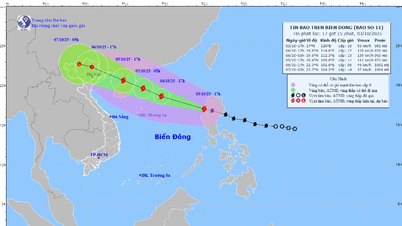

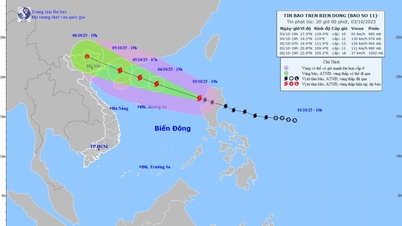

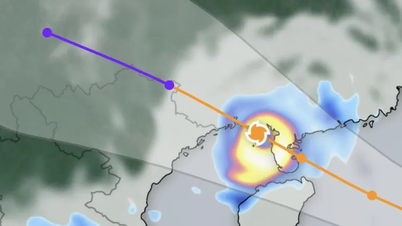

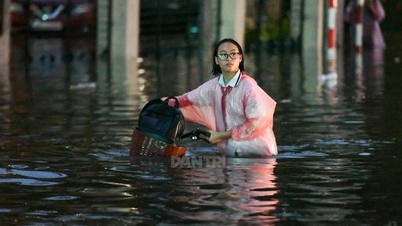




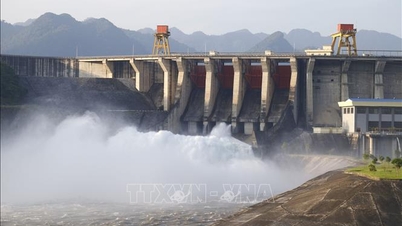


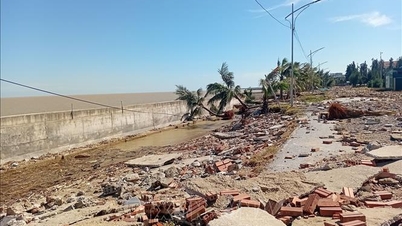







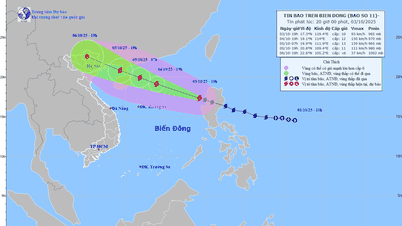
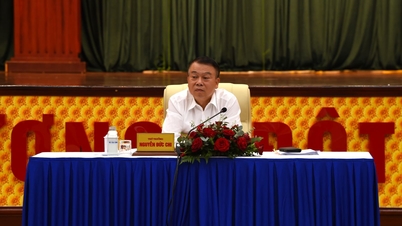
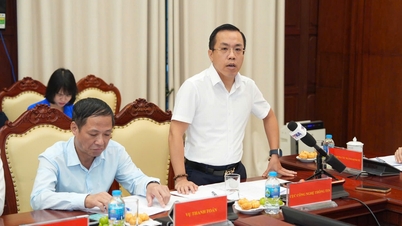



































































Comment (0)